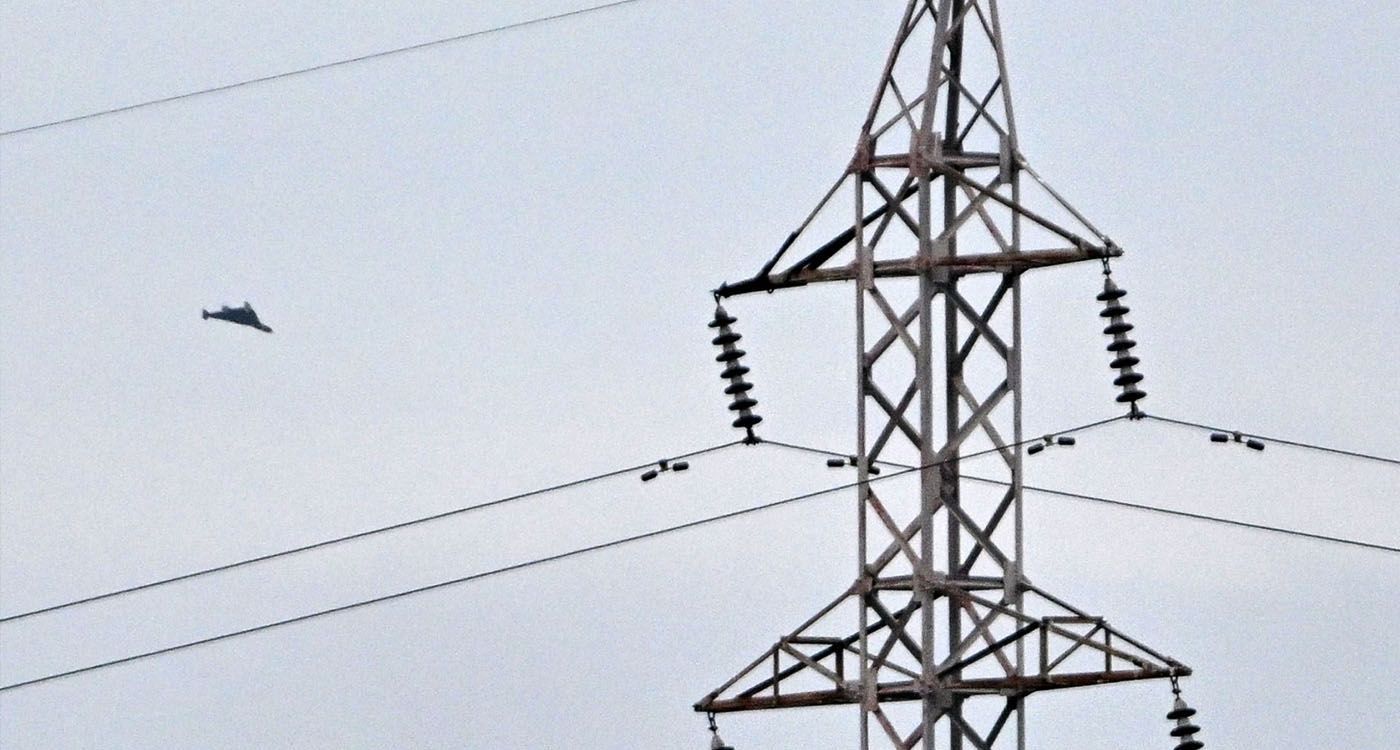- Home
- Middle East
- What Are These Drones Hovering Over Europe?

©Sergei Supinsky / AFP
Munich Airport suspended operations for several hours on Friday after reports of unidentified drones. Seventeen flights were canceled, about 15 were diverted, and nearly 3,000 passengers were affected. Authorities could not determine the size or type of the drones, but the incident disrupted one of Europe’s busiest hubs and reignited concerns over aviation security. The episode is part of a broader wave of alarming drone incursions across the continent.
Widespread Drone Incursions Across Europe
Since early September, drone sightings have been on the rise. On September 9, 19 Russian drones entered Polish airspace, four of which were shot down. In the following days, drones were observed over Romania, followed by major disruptions in Copenhagen and Oslo, where airports were temporarily closed.
In France, on the night of September 21–22, drones flew over the military base at Mourmelon-le-Grand near Reims. Similar sightings prompted temporary closures of Copenhagen and Oslo airports on September 22 and 23.
What Are These Drones?
Eyewitness accounts and early investigations suggest a wide variety of devices. According to European media, the drones spotted in Poland and Romania were small but capable of penetrating deep into enemy territory. They are described as reconnaissance drones or decoys – unarmed but designed to saturate radar systems and test defenses.
The French think tank, the Institute for International and Strategic Relations (IRIS), notes that these incursions are part of a broader strategy to assess European capabilities while exploiting the ambiguity inherent in hybrid operations.
The drones involved in Copenhagen, Oslo and Munich appear to have been more robust. European media suggest they could be hybrid vertical takeoff and landing drones, combining the advantages of multirotor and fixed-wing designs. Their range exceeds that of typical civilian drones, which are usually limited to about an hour of flight without specialized propulsion.
This technical profile indicates that the drones could have been piloted from nearby areas or even from the sea in the case of Denmark. Even though none of the intercepted drones were armed, the threat remains serious. In theory, they could carry small explosive payloads, conduct electronic jamming, or gather intelligence on critical European infrastructure.
IRIS emphasizes that by exploiting this ambiguity between amateur curiosity, isolated acts and coordinated state operations, Moscow could maximize psychological impact at minimal cost while slowing European decision-making. These incursions are part of a wider trend of drone use in conflicts, where drones are employed both to overwhelm defenses and send political signals.
Europe Seeks a Response
The European Commission has proposed establishing a “drone wall” along the EU’s eastern border, combining sensors, jamming systems and automated interceptors. The initiative, already supported by around ten member states with backing from Ukraine, aims to create a shared network for detection and response.
However, several challenges remain. Member states possess varying capabilities, costs remain relatively high to the low-cost threat, and rules of engagement for civilian airspace are complex. From Munich to Copenhagen and Warsaw, drone incursions reveal a diffuse but strategically significant threat. Whether used for reconnaissance, as decoys or in more resilient forms, these devices exploit vulnerabilities in European skies.
IRIS notes that these operations combine kinetic and non-kinetic measures to maximize disruption and are part of a long-term hybrid war conducted by Moscow. The key question, beyond identifying the precise origin of each drone, is whether Europe can develop a credible technical and political response to prevent relatively small devices from continuing to generate major strategic insecurity.
Read more




Comments